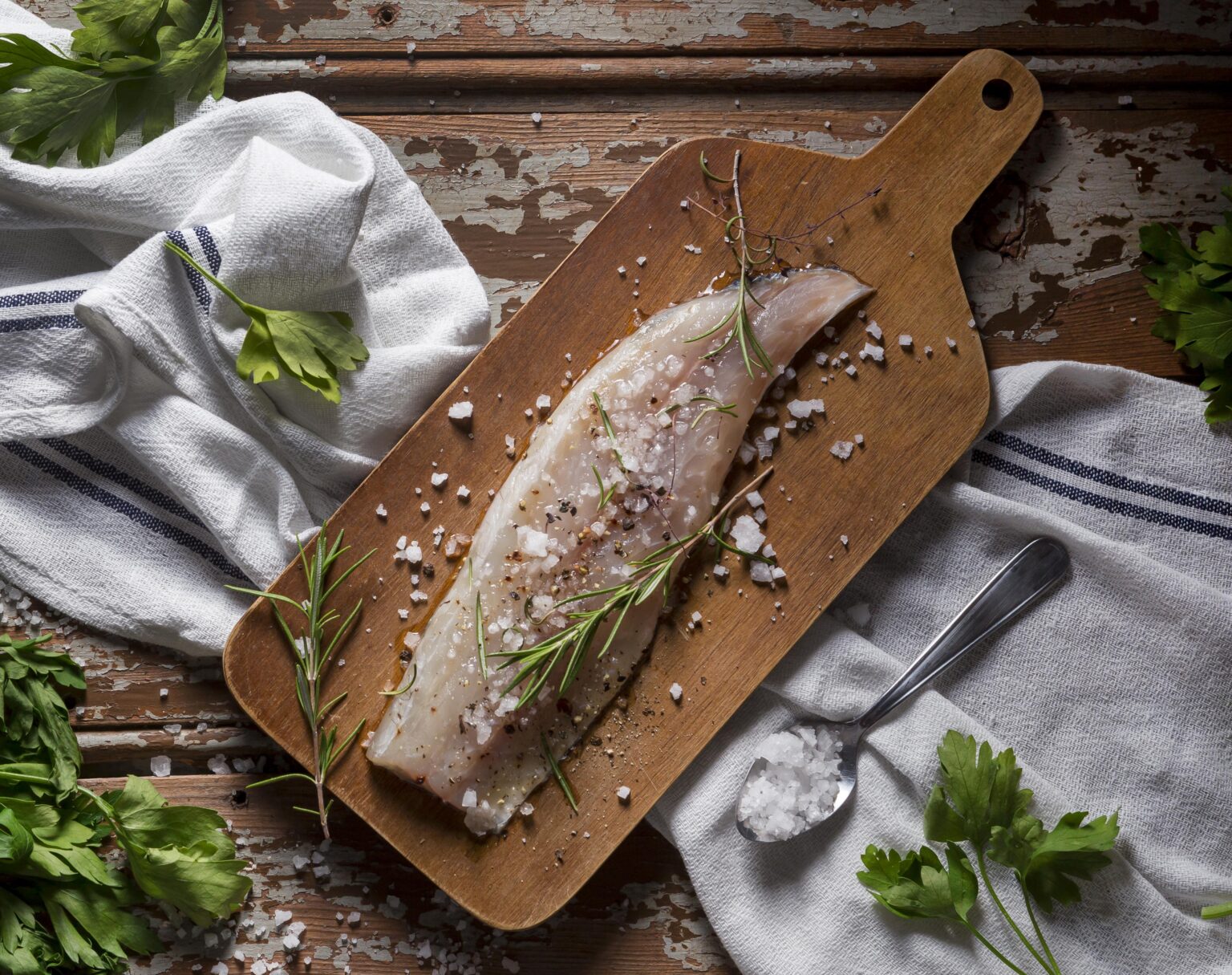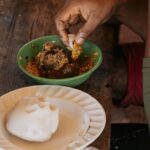Kiribati, a stunning archipelago located in the central Pacific Ocean, boasts a vibrant culture deeply rooted in its local cuisine. The people of Kiribati have developed a diverse culinary tradition, blending traditional and modern flavors to create mouthwatering dishes. In this article, we explore the top 10 most eaten foods in Kiribati, showcasing the unique and delectable flavors that make up this Pacific island nation’s gastronomic landscape.
- Te Bwebwer (Coconut Bread):
Coconut bread, known as “te bwebwer” in Kiribati, is a staple in the local diet. Made from grated coconut, flour, and sugar, this delicious bread is often enjoyed as a breakfast or snack, complemented by a cup of tea or coffee. Its rich, sweet taste and moist texture make it an irresistible treat.
- Te Kai (Fish):
As a nation surrounded by pristine ocean waters, it comes as no surprise that fish plays a central role in Kiribati’s cuisine. Whether grilled, baked, or cooked in coconut milk, fish such as tuna, mahi-mahi, and parrotfish are commonly consumed. Locals often rely on traditional fishing techniques to catch their fresh seafood, ensuring its quality and flavor.
- Kaimarawa (Bananas):
Bananas, or “kaimarawa” in Kiribati, are widely grown and consumed across the islands. They are enjoyed in various forms, including steamed, fried, or mashed, and are a popular ingredient in desserts such as banana pudding. The versatility and natural sweetness of bananas make them a favorite among Kiribati’s locals.
- Kabeke (Taro):
Taro, known as “kabeke” in Kiribati, is a starchy root vegetable widely cultivated throughout the islands. It is often boiled, mashed, or cooked in coconut milk to create flavorful dishes like the traditional “kakau moa” (chicken cooked with taro leaves). Taro’s earthy flavor and creamy texture provide a satisfying culinary experience.
- Te Kawai (Cassava):
Cassava, locally known as “te kawai,” is another staple in Kiribati’s cuisine. This versatile tuberous root is used in various dishes, including soups, stews, and side dishes. It can be boiled, steamed, or fried, offering a mild, slightly nutty taste that pairs well with other ingredients.
- Te Kabe (Papaya):
Papaya, or “te kabe,” is a tropical fruit that thrives in Kiribati’s warm climate. It is often consumed both ripe and unripe, adding a burst of vibrant flavor to salads, curries, and desserts. Kiribati’s locals value papaya for its refreshing taste, high nutritional content, and digestive properties.
- Te Bun (Octopus):
Octopus, or “te bun,” is a delicacy enjoyed in Kiribati. It is typically prepared by grilling or boiling the tender meat, resulting in a succulent and flavorsome dish. Octopus is often served alongside coconut-based sauces or mixed with vegetables, showcasing the fusion of traditional cooking methods with modern influences.
- Te Noku (Chicken):
Chicken, known as “te noku,” is a popular source of protein in Kiribati’s cuisine. It is prepared in various ways, including barbecuing, stewing, or roasting. Chicken dishes are often accompanied by taro leaves, coconut milk, and local spices, creating a harmonious blend of flavors.
- Te Roniti (Crab):
Crab, or “te roniti,” is a seafood delicacy cherished in Kiribati. Whether cooked in a curry, stir-fried, or served in a soup, crab dishes offer a unique combination of sweetness and brininess. Kiribati’s locals savor the rich flavors of freshly caught crabs, emphasizing their connection to the bountiful ocean surrounding their islands.
- Te Baitin (Pudding):
To satisfy their sweet tooth, Kiribati’s locals indulge in “te baitin” or pudding. Made from ingredients such as coconut milk, bananas, tapioca, and sugar, this dessert provides a delightful finale to a traditional meal. Te baitin is often served warm or chilled, offering a creamy and comforting treat.
Exploring the top 10 most eaten foods in Kiribati allows us to uncover the rich tapestry of flavors that define this Pacific island nation’s culinary heritage. From coconut-infused bread and fresh seafood to staple crops like taro and cassava, Kiribati’s cuisine embodies the country’s connection to its natural surroundings. Whether you have the opportunity to taste these delectable dishes in Kiribati or try your hand at recreating them at home, prepare to embark on a gastronomic journey that celebrates the authentic flavors of this unique Pacific archipelago.








